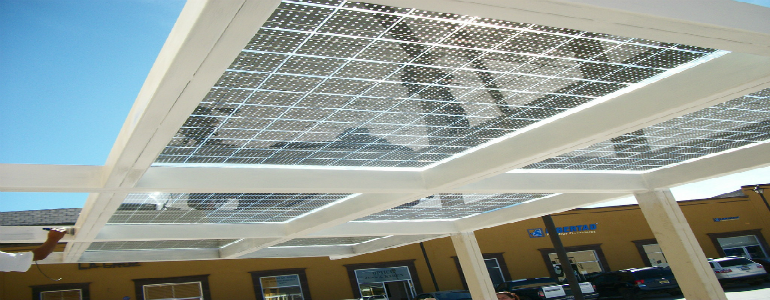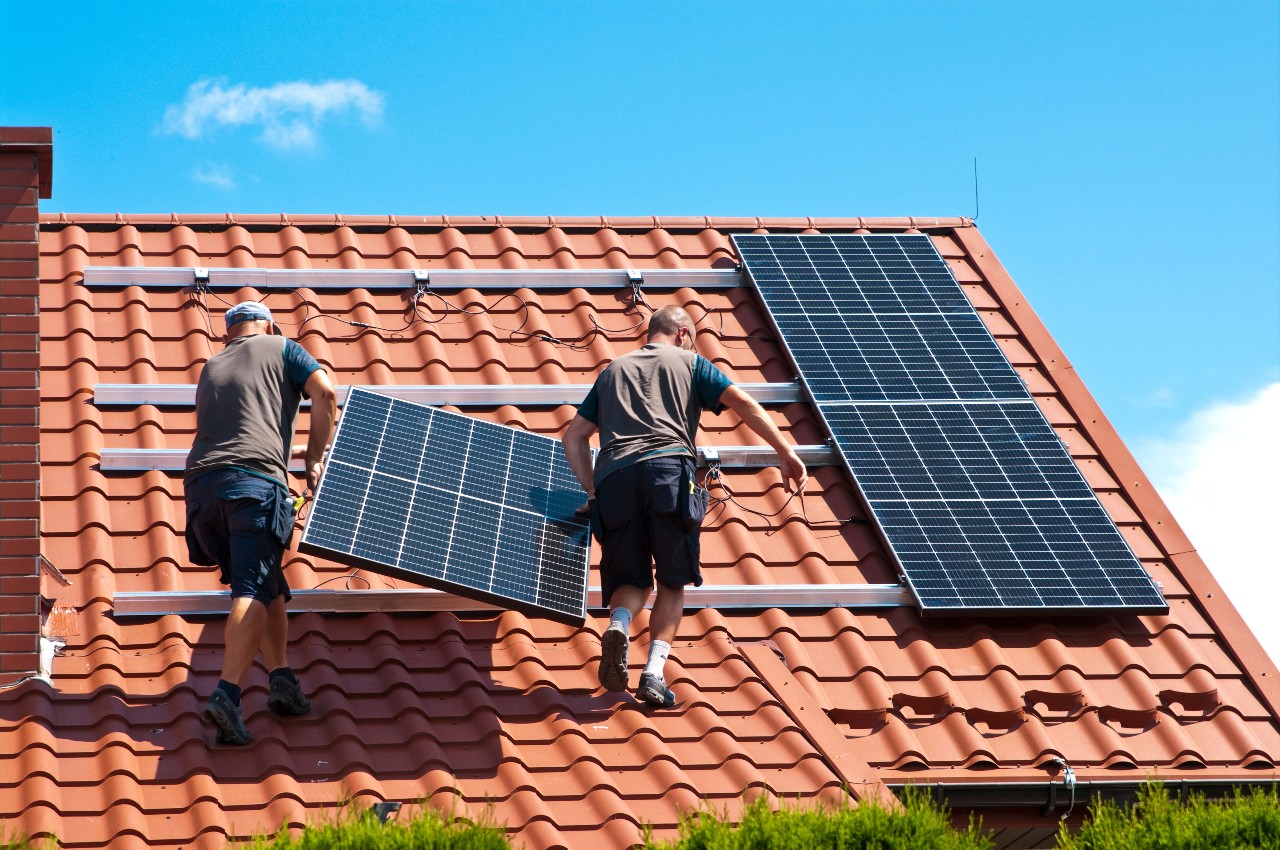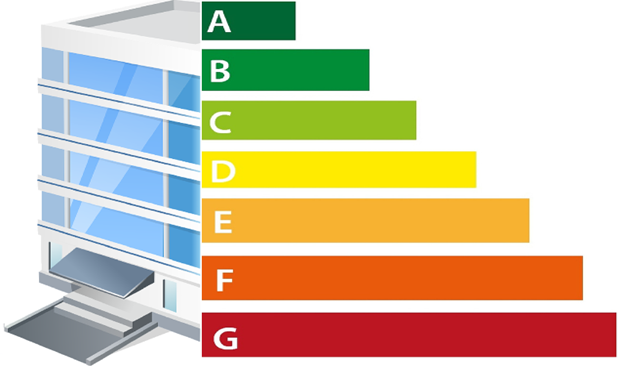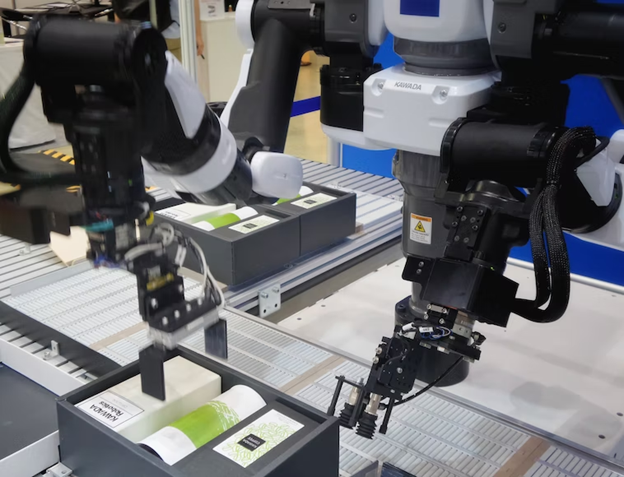Transparent Solar Panels
 Are They Really Transparent?
Are They Really Transparent?
Researchers at the University of Michigan devised the first transparent solar panel that could change how we power our homes with energy. Transparent solar panels could replace ordinary glass in houses or even smartphone screens and transform them into solar cells which will charge your device or will feed the house with electricity.
Transparent solar panels could be mounted on tall buildings or on any mobile device. However transparent photovoltaic panels cannot fully replace the electricity, because their effectiveness is limited, but it could take some of the traditional consumption. Thus, the panels of the University of Michigan have an efficiency of 1%, but researchers hope to reach 5%. This doesn’t seem like much initially, but if they are multiplied by every window in a building this could add up to power the LED lights in rooms, for instance and could provide extra energy to a smartphone for several hours.
In scientific terms, a transparent solar panel is an oxymoron, because photovoltaic cells fail to provide energy by absorbing electric photons (sunlight) and turn them into electrons. If a material is transparent, by definition, light passes through it. For this reason, the other panels which are so-called transparent, had only partially this property. The Michigan team used a new technique for absorbing ultraviolet and infrared waves.
Unlike PV panels so far, which are based on solar energy using black silicone applied directly to cells, the new transparent surface focuses light at a certain wavelength in its edges. It is here that photovoltaic cells are placed to produce electricity and thus can provide power for small devices such as mobile devices.
So it is certain to say that the new invented system is fully transparent. To go more in depth, that’s because the glass itself is not a solar cell but it is a Transparent Luminescent Solar Concentrator (TLSC). The TLSC is made of organic salts which are configured to only absorb ultra-violet and infrared energy, the kind of light frequencies which cannot be seen with the naked eye. The salt then luminesces at another infrared frequency that gets picked up by tiny plastic channels that line the edges of the “glass” and direct the infrared rays to tiny conventional solar cells.
Previous Attempts
This is not the first attempt to achieve transparent surfaces for solar energy. In the past there were semitransparent solutions, but their usefulness was limited in the mobile industry. Previous attempts are also unattractive to some, due to their semitransparent nature that makes windows look too shady or dark. This kind of defeats the purpose of a window, which primarily is to let light in and not to make energy. The new transparent solar panel system devised is exciting because it offers energy generation, with no compromise in visibility.
Using new transparent materials, the entire front of a mobile phone can now be covered with a solar panel that could power the device as long as the battery is exposed to natural light.
The plan now is to bring the researched transparent panels on the market and thus create surfaces which generate electricity. The phones and devices would be the first step, but transforming windows into transparent walls which can generate power is the ultimate goal of this technology.
Conventional solar panels are not for everyone’s liking. This is because most of them are bulky and occupy a large portion of the installation location, may it be a roof solar system or a ground mounted system. Of course there are alternatives to installing big solar systems, mainly solar tiles, which are more discrete in their nature and can replace actual roof tiles. This alternative might have won some people over but if there are still some that are not considering purchasing a solar system because of its external aspect, then transparent solar panels will definitely be something to look at in the future.
At the moment, these are still under development and research in laboratories, however the fast progress in solar energy technology over the past years has told us that new technologies don’t take very long to get out of the research lab and become massively commercialized. It is for sure that the new trend in solar energy in the upcoming years will be for sure transparent solar panels.




















